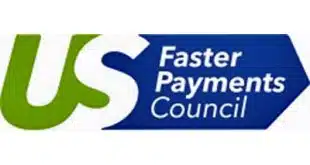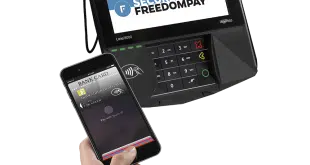It has been a wild ride for the payments community the past several years. But is it going anywhere? How do we sort the valuable innovations from the passing fads?
I’m pretty sure one winner will be blockchain, also called distributed-ledger technology (DLT). DLT has a solid, provable business case as a trust-free way to move payments between buyers and sellers. What makes DLT work is that the parties to the transaction don’t have to trust each other, nor must they trust the intermediary institutions, either locally or internationally. Both payers and receivers can simply look at their computer screens to see if the payment is on track and hasn’t been interfered with.
I’m more hesitant to bet on Bitcoin and its alt-currency brethren. The test that I see all alt-currencies failing is the reality test for any new payments technology: Is there a valid use case? And the market value of an alt-coin as an investment doesn’t qualify as a payment-medium use case. Pork-belly futures also can provide an exciting ride as an investment, but you’d be hard-pressed to pay for your groceries with them.
Faster payments are on the short list as well. Three years of Fed-sponsored, industry-supported work may well have provided the boost needed to get the U.S. payments system on its way to being in step with the dozen other countries running faster-payment systems, a group that includes the United Kingdom, Mexico, Brazil, Nigeria, India, China, Japan, and others. By early next year, Australia and most of the European Union will have joined the club. It won’t be only corporate payments that become faster. Person-to-person is an ideal use case for faster payments.
Another one to watch is Internet of Things payments. But here some filtering is needed. The flotsam of unlikely use cases for IoT payments—like your home-security system paying the baby-sitter because it video-tracked her from arriving at 7 p.m. until she left at 10—can make it hard to ferret out the sensible ones. One sensible one could be freeways and bridges that monitor traffic loads and average trip speeds and offer access to a fast lane for a fee that increases with how bad traffic is and that’s paid via the car’s toll tag. IoT is generating a lot of use cases. Some are strong.
Another realistic payments scenario is Amazon Go, a mockup of an IoT grocery store in Seattle (currently open only to Amazon employees as a beta test site) that combines a mobile-phone app with sensors of the products on the shelves. I am guessing from the demo and reported patent filings that the system starts by identifying who the person picking an item off the shelf is by means of her mobile phone and ends with debiting the shopper’s account when she walks past a scanner on leaving the store.
Other candidates that could well be in the winners’ category would be combinatory use cases, such as tabulating the rate of automated store purchases to feed a continuous blockchain re-stocking manifest that triggers a series of faster payments to suppliers anywhere worldwide.
I’m pretty sure the winning use cases won’t be far out in the future. The ideas that will get funded and launched won’t have use cases whose value depends on unlikely, wholesale changes in human behavior, like trusting unknown counterparties or submitting to video monitoring or waiting around for groceries to get delivered.
When I was at SRI International, where we were trying to build a corporate-lending advisor based on artificial intelligence, there was one important reason that many of of us eventually bolted for the nearest startup, even though it often had only a year of venture funding remaining. That reason was the realization that, while good ideas do burble up from non-profit think tanks (and SRI has its trophies, from MICR to the basis of Siri), there’s nothing like the daily pressure-cooker of a startup company. It gets minds focused on the subset of great ideas that also are of real use to real people who have real problems that they really need to have solved.
Maybe that’s a good set of “reals” to use to filter out what the next big thing in payments is going to be.
George Warfel • GWarfel@haddonhillgroup.com




